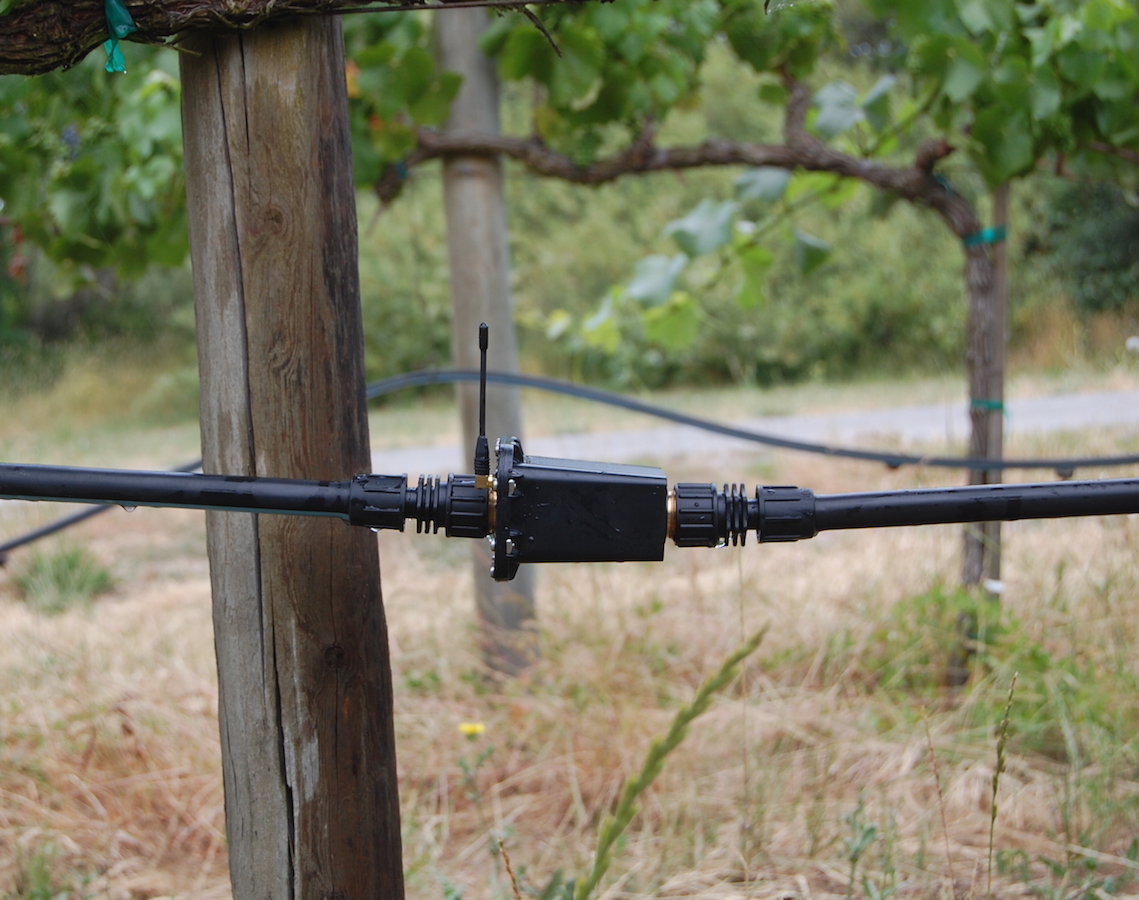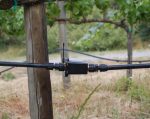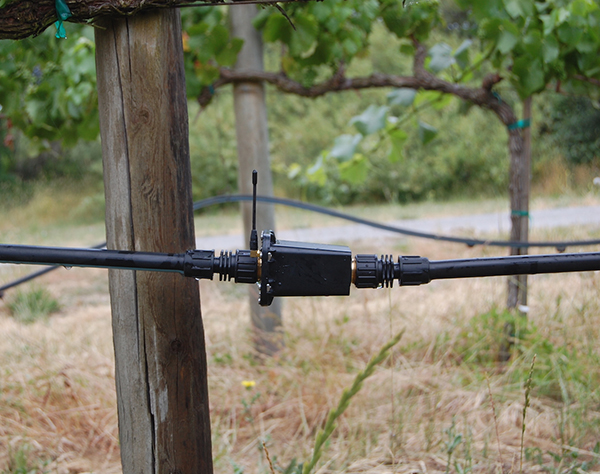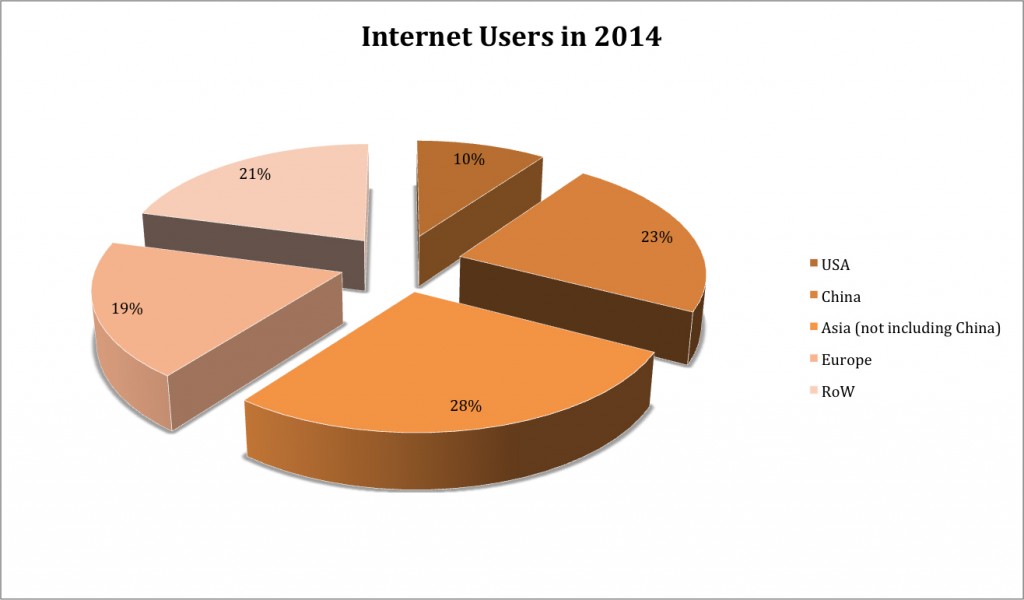The Internet of Things (IoT) is changing the way restaurants do business in 2017. Today, business owners can trace products from point-of-purchase to their doorstep using IoT devices that monitor their location and more importantly, their temperature along the way. These devices are helping keep food safe, streamlining inventory management and giving owners the real-time information they need when managing multiple locations.
Monitoring Food Safety
Nothing gets the attention of a restaurant owner quicker than a foodborne illness outbreak. When it happens, they need to know which products were involved.
IoT devices allow owners to track their food from the time they order to the time it arrives. Even in the back of a tractor-trailer rolling down the highway, owners can check to see the temperature of their food, and can obtain the data trail during its entire journey to see how it was handled, and to ensure safety standards were met.
This data is especially important since the U.S. Federal Government enacted the Food Safety Modernization Act (FSMA) in 2011, which intends to protect public health by reinforcing the U.S. food safety program. Food-based businesses are now required to establish preventative control systems modeled after HACCP (Hazard Analysis and Critical Control Points) guidelines and prove their compliance by maintaining at least two-years of documentation.
Traceability measures utilizing IoT efficiently gathers and manages this information, giving owners the peace of mind they need to ensure their food has been handled properly. Not only that, but they have the data to prove it.
Inventory Control and Management
IoT devices help manage the cost of inventory by providing the real-time data that owners need when ordering stock and forecasting needs based on their menu. The data collected by the IoT devices ensures the freshest ingredients are available for dishes, and expired products are disposed of properly.
Tracking inventory from farm-to-fork prevents food waste, deters in-house theft and helps manage the cost of inventory.
Other questions and action items that IoT devices can help manage include:
- Who placed the order, authorized the purchase, and accepted the delivery?
- What was ordered and what are the products’ proper temperature ranges?
- When did the order take place and when did it arrive? When is its expiration date?
- What is the origin of the product and how did it travel to get to you?
This can help specifically within the restaurant retail market where pick-up and deliveries are becoming more prevalent.
For example: If a customer changes their scheduled pick-up, or drop-off times, retailers must have technology in place that will monitor food safety best practices. Deli, produce and dairy related products could use pre-determined checklists that will verify items were picked correctly, bagged properly and temperatures are checked to FDA regulated standards. While FDA regulations pertaining to FSMA are stricter than ever, it has never been more important for food safety technology to be integrated within the adoption of omnichannel restaurant practices. The likes of digitalized checklist management, temperature control and traceability will have a tremendous impact on continued growth and service within the marketplace.
IoT Devices and Temperature Control
Utilizing the IoT is a critical aspect of quality control. These devices are equipped with a temperature probe, barcode scanner and RFID infrared temperature reader that monitors and tracks your food throughout its journey in the supply chain.
Here’s how it works:
- The probe, infrared and RFID scanner track and measure the temperature of each product.
- The IoT software prompts employees to complete checklists, including temperature checks on a regular basis.
- Each time the data is collected, it is immediately uploaded to a secure cloud and is accessible anytime, from anywhere.
- While in the cloud, you can customize, store, filter and analyze the information.
- Users are alerted immediately if any steps are overlooked, like non-observed items, missed checklists and violations, in addition to any corrective actions that address temperature concerns.
- Should an issue arise, you have the detailed, automated audit trail to prove your company followed proper food safety protocol.
IoT Devices Can Create Modern Dining Experiences
Aside from helping to streamline and manage day-to-day operations, IoT devices can create a unique dining experience for your customers.
For example, if you love seafood – some restaurants are using IoT devices to track where and when seafood is harvested. One example of this kind of initiative is the Boat-to-Plate project funded by a grant from the Mid-Coast Fishermen’s Association. This project developed an app for anglers to upload information regarding their catch. Restaurant owners are using IoT information like this to create unique dining experiences.
IoT and You
How do you plan to use IoT technology in 2017? Integrating IoT practices gives your business the food safety solution needed to help keep food safe, improve supply chain traceability, manage your inventory and gain better control over your bottom-line.

















